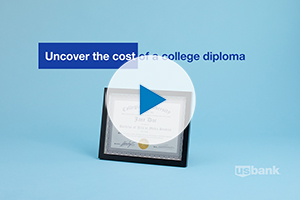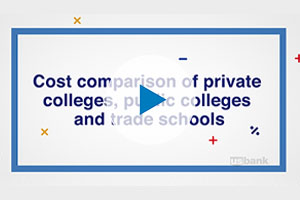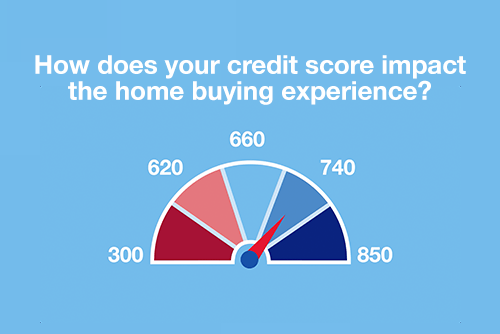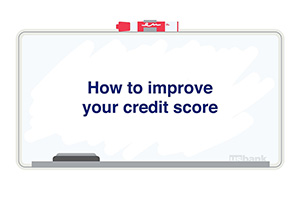
3 ways to secure purchasing power

How liquid asset secured financing helps with cash flow

Hybridization driving demand

What type of loan is right for your business?

Authenticating cardholder data reduce e-commerce fraud

Webinar: Approaching international payment strategies in today’s unpredictable markets.

Managing the rising costs of payment acceptance with service fees

Increase working capital with Commercial Card Optimization

Higher education and the cashless society: Latest trends

The surprising truth about corporate cards

Changes in credit reporting and what it means for homebuyers

Streamline operations with all-in-one small business financial support

How to establish your business credit score

Why credit cards should be the first choice for business payments

4 small business trends that could change the way you work

Common small business banking questions, answered

3 signs it’s time for your business to switch banks

Business credit card 101

What kind of credit card does my small business need?

Do I need a credit card for my small business?

5 tips to help you land a small business loan

Leverage credit wisely to plug business cash flow gaps

How to establish your business credit score

How to accept credit cards online

5 ways a business credit card program can grow your business

Good debt vs. bad debt: Know the difference

Achieving their dreams through a pre-apprenticeship construction program

College budgeting: When to save and splurge

Webinar: 11 insider tips for student debt

Student checklist: Preparing for college

6 questions students should ask about checking accounts

Uncover the cost of a college diploma

How to save money in college: easy ways to spend less

The A to Z’s of college loan terms

Co-signing 101: Applying for a loan with co-borrower

Practical money skills and financial tips for college students

How to build credit as a student

5 things to know before accepting a first job offer

Learn to spot and protect yourself from common student scams

How I did it: Paid off student loans

Bank Notes: College cost comparison

Tips to earn that A+ in back-to-school savings

How to avoid student loan scams

Webinar: U.S. Bank asks: Are you safe from fraud?

What’s your financial IQ? Game-night edition

How to choose the right rewards credit card for you

How can I help my student manage money?

Common unexpected expenses and three ways to pay for them

U.S. Bank asks: Transitioning out of college life? What’s next?

U.S. Bank asks: Do you know your finances?

U.S. Bank asks: Do you know what an overdraft is?

Personal finance for teens can empower your child

5 reasons why couples may have separate bank accounts

5 tips to use your credit card wisely and steer clear of debt

Your financial aid guide: What are your options?

Is a home equity loan for college the right choice for your student

Parent checklist: Preparing for college

How to apply for federal student aid through the FAFSA

What to consider before taking out a student loan

5 tips to use your credit card wisely and steer clear of debt

5 steps to selecting your first credit card

What’s a subordination agreement, and why does it matter?

7 steps to keep your personal and business finances separate

Know your debt-to-income ratio

How to use credit cards wisely for a vacation budget

Your quick guide to loans and obtaining credit

Dear Money Mentor: How do I begin paying off credit card debt?

Dear Money Mentor: What is cash-out refinancing and is it right for you?

Money Moments: How to finance a home addition

These small home improvement projects offer big returns on investment

Should you get a home equity loan or a home equity line of credit?

Mortgage basics: How does your credit score impact the homebuying experience?

Is a home equity line of credit (HELOC) right for you?

How to use your home equity to finance home improvements

Can you take advantage of the dead equity in your home?

4 questions to ask before you buy an investment property

10 uses for a home equity loan

How to request a credit limit increase

What applying for store credit card on impulse could mean

Improving your credit score: Truth and myths revealed

How to spot a credit repair scam

6 essential credit report terms to know

5 unique ways to take your credit card benefits further

Myth vs. truth: What affects your credit score?

Test your loan savvy

Decoding credit: Understanding the 5 C’s

Credit: Do you understand it?

How to build and maintain a solid credit history and score

Should you give your child a college credit card?

U.S. Bank asks: What do you know about credit?

What types of credit scores qualify for a mortgage?

What is a good credit score?

Credit score help: Repairing a bad credit score

